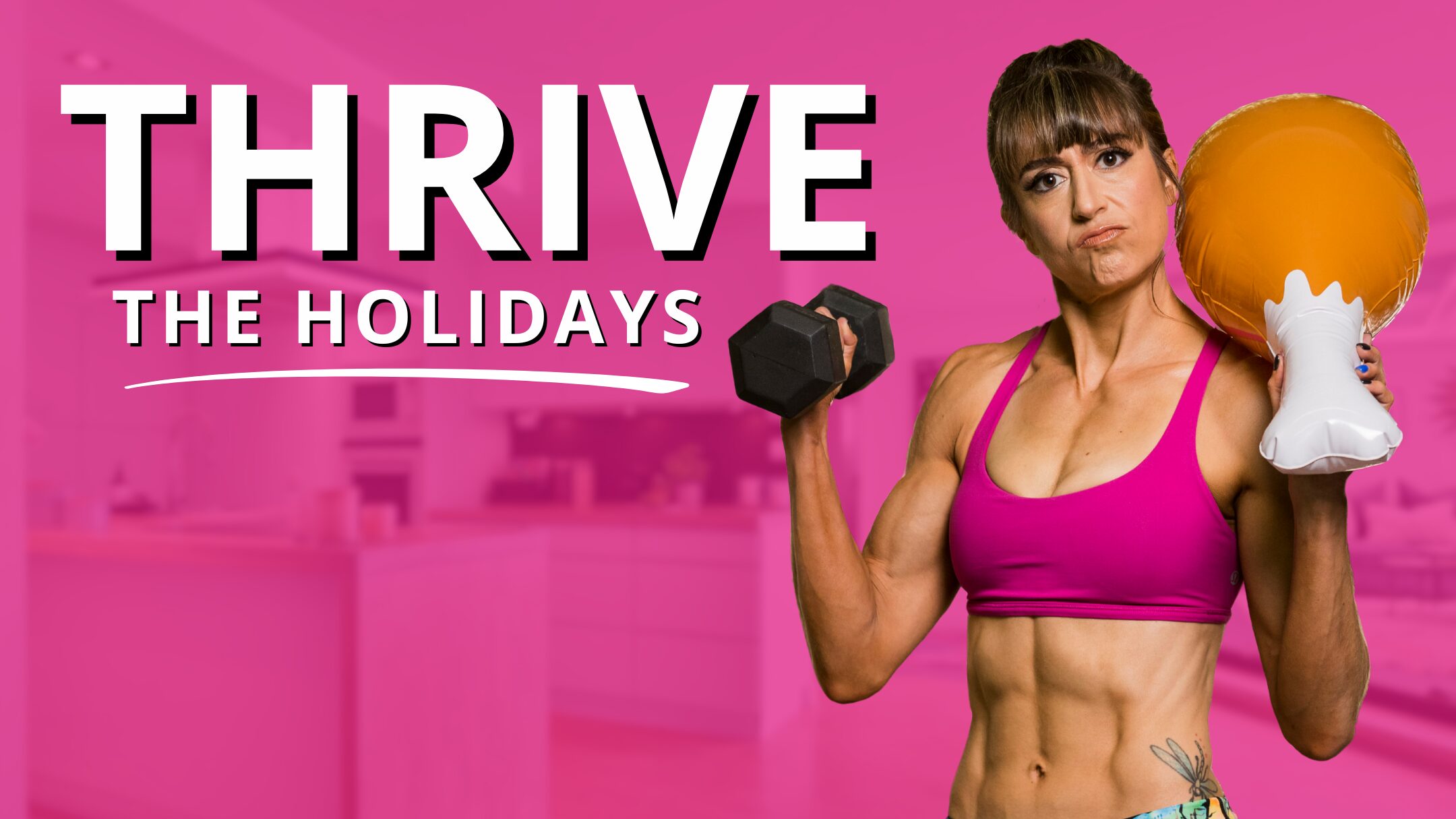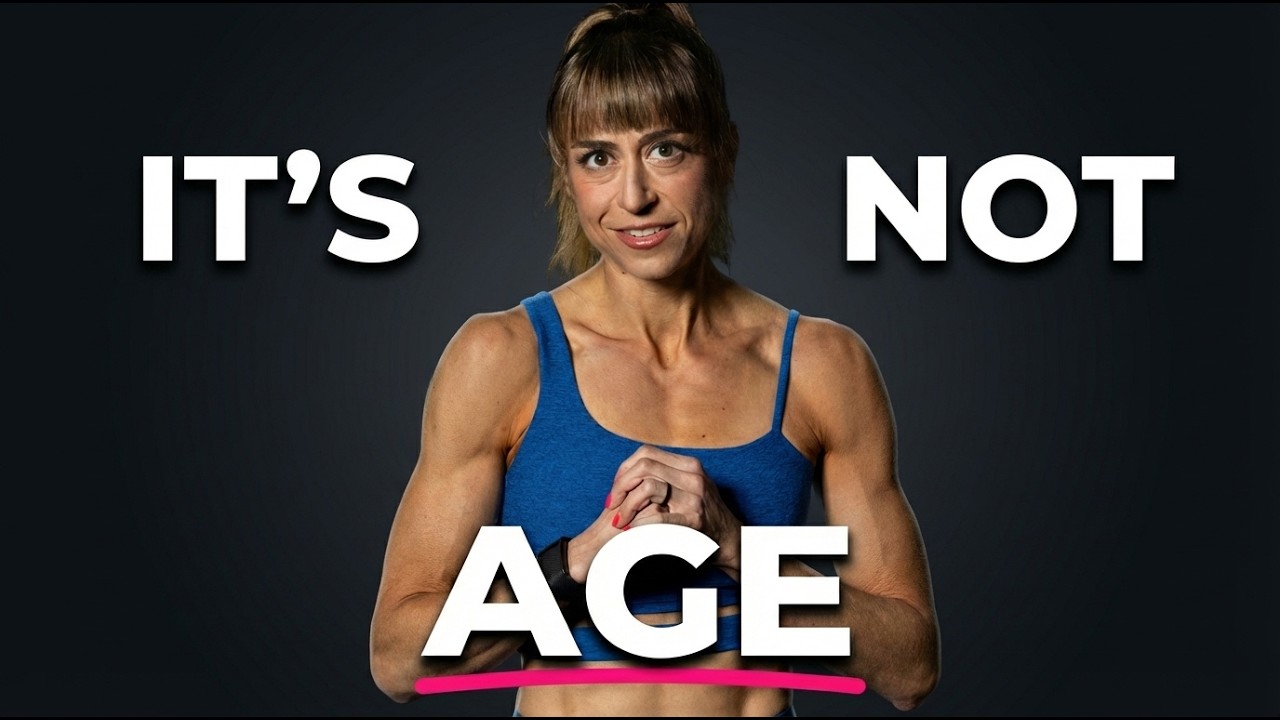You’re making great progress. Really sticking to the program and seeing great results.
But then…your results start to slow. And a few weeks even go by where you feel like you aren’t making any progress.
You didn’t change anything.
You’re still in a calorie deficit…So why aren’t things working!?
Don’t freak out! Don’t get upset and completely say “SCREW IT!”
First off, there will be periods we don’t “see” results, but changes are still occurring.
And secondly, it may just be time for a little “diet break!”
If your goal is weight loss, you do need to be in a calorie deficit.
BUT our bodies adapt to what we give them – this includes the workouts we do and even our DIET.
But when our body adapts, we can’t just keep cutting calories lower and lower. Instead, it may be time to change up those macro ratios or even BUMP our calories for a bit.
And that is where a diet break comes in handy.
It is simply a change up for our body. It is an increase in calories and often a slight adjustment in macro ratios.
Now a diet break does NOT mean go on a week long binge. And it doesn’t mean you aren’t SATISFIED even with what you’ve been doing.
It is actually a CALCULATED technique used to kickstart progress when results have slowed and help you mentally recharge a bit.
Dieting breaks are a great way to help you intensify your training and break through a weight loss plateau before returning to your calorie deficit.
The change in ratios and bump in calories can help you intensify your training for a bit to build extra muscle and it can help make sure your hormones are at optimal levels, especially if your carbs, or fats, have been at lower levels.
And amazingly, sometime that BUMP in calories and change in ratios can result in WEIGHT LOSS even though it goes against what we think we have to do to lose weight aka be in a calorie deficit.
Not to mention the diet break can mentally recharge us and even kickstart better results as we return to a deficit.
So how can you implement a diet break?
A diet break is not a cheat day or even a carb re-feed. It is actually an EXTENDED period of eating calories more at your maintenance level.
Note too I didn’t say just eat as much as you want. You are just eating more at what your body needs to maintain where you are at – this is still a CALCULATED technique not a free-for-all.
You can do a diet break in a couple of different ways.
You can take a complete diet break, which can be 1-2 weeks of increased calories and even looser tracking.
Or you can take a partial diet break, where you still strictly track but simply increase your calories by 500 or eat more at maintenance level.
How often you include a diet break may also depend on your level of leanness and even how long it may take you to reach your goal.
If you are leaner and looking to maintain that level of leanness, or even drop that last little bit (especially if you are a physique competitor), you may use a diet break every 4-6 weeks.
While if you are just starting out and have more weight to lose, you may implement one every 3 or so months.
However, if you do have more weight to lose, and know your goal may take a year to accomplish, you may find it helpful to include diet breaks at schedule times since you’ll be in a deficit for longer and the mental break will help.
The key is to know that you CAN use a diet break when you mentally feel fatigued, especially if you’ve been dieting for awhile, OR if you’ve even hit a plateau (and don’t want to cut calories lower because your deficit is already larger).
Remember this isn’t just a one day carb re-feed or cheat day.
This is a 7-14 day higher calorie cycle where you are still focused on quality foods and hitting your macros albeit potentially less strictly.
However, if you do a diet break, you do want to up the carbs for this cycle while upping calories if you’ve been on a lower carb ratio.
The increase in carbs is part of why this break works as it helps to regulate hormones so you can potentially drop some extra pounds your body has been holding on to.
Ready to really understand proper nutrition and figure out what will work for YOUR body and YOUR goals, as your body and goals even change over time?



Hi Cori! I have not seen you address the topic of artificial sweeteners vs. real sugar. I used Sweet & Low in my coffee up until a month ago and then switched back to real sugar and gained 4 pounds. I tried Stevia but can’t get used to the after taste. Any advice?
Because no real studies prove that artificial are bad but then anything processed isn’t good. So for me they fall under the 80/20 rule. If they keep you balanced and on track and you figure they are just part of that 20% of your diet that is “unclean” why not? So better to use them in moderation and stay on track with a lifestyle knowing they aren’t really “good for you.”
Will this help even if am post menopause?
Thanks
Hi Marisa. Yes! Paying attention to your macros and strength training is key as we get older and, depending on your goals, a diet break may still apply!
What’s the app for your tracking,
I’m 62 I have a broken rotator on one of my arms with torn ligaments and my spine I have four hernias one on my neck tournament all back and one of my lumber back so what’s the best beginner exercise I should do, like I said I have so many allergies and foods and I like to know how to combine the food so I could lose the weight I tried everything and nothing is working , milk gets me constipated what should I use I only put milk on my cereal and my coffee Plus I need a lot of costume they told me and I was osteoporosis so I’m asking help me
Hi Ivone. Tracking with MyFitnessPal to see how foods impact you and adjust your macros can help. And physio is key! Not to be pushy but I would really recommend my coaching to help you rebuild safely and have a Dietitian monitor your food and help you adjust! I mention this after chatting with you on FB and all that you have going on to navigate – https://redefiningstrength.com/private-coaching?sl=blogcomment